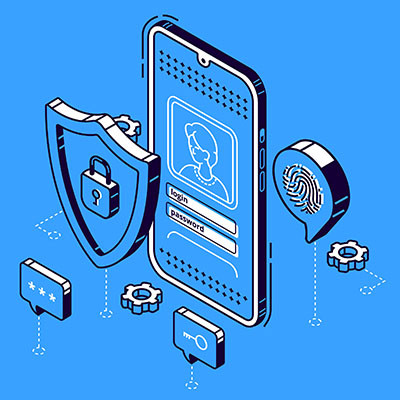The prevalence of technology in even mundane, everyday tasks means that more scams are out there to take advantage of unsuspecting victims. Hackers will do everything they can to take advantage of vulnerabilities in your systems, as well as cracks in your employees’ technological know-how. One way you can take the fight to them is by reinforcing appropriate password security measures.
USA Computer Services Blog
There are so many threats out there that there are positions dedicated within companies to protecting network infrastructures and managing cybersecurity strategy. This alone should be enough to get you to take it seriously. With your employees controlling the “keys to the castle,” i.e., passwords, you need to make sure that you have a solid password strategy in place so as to not inadvertently put your company at risk.
If you want to secure your online accounts, then this starts with proper password practices. A good password can make all the difference in securing an account, and despite us constantly advocating for additional solutions and security measures, you should never discredit the importance of a password. Let’s go over some of the best ways you can use better passwords in your day-to-day lives.
Security is an incredibly important part of running any business, but unless you’re a professional IT technician, you may run into a couple of roadblocks while implementing a solution. Chief among these is not knowing exactly what you’re protecting your business from. Keep the following tips in mind to reinforce your security strategy and preserve your business infrastructure’s integrity.
 Have you ever been prompted to change your password, then forgotten what the new one was twenty seconds later? Changing passwords consistently is a good practice, but let’s face it; unless you have them put away somewhere, you are probably going to forget about them at least once (unless you use a post-it note on your monitor, which is never a good idea). Additionally, if passwords are short and easily guessable, you risk being targeted by a phishing attack or other hacking attack.
Have you ever been prompted to change your password, then forgotten what the new one was twenty seconds later? Changing passwords consistently is a good practice, but let’s face it; unless you have them put away somewhere, you are probably going to forget about them at least once (unless you use a post-it note on your monitor, which is never a good idea). Additionally, if passwords are short and easily guessable, you risk being targeted by a phishing attack or other hacking attack.





